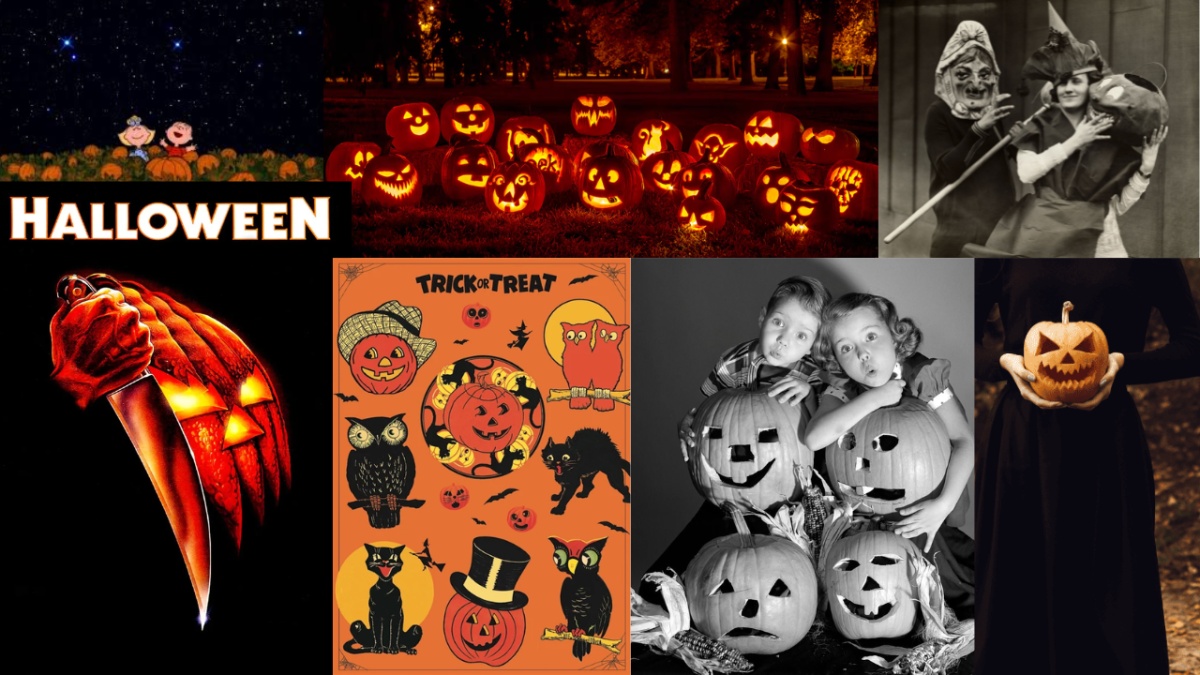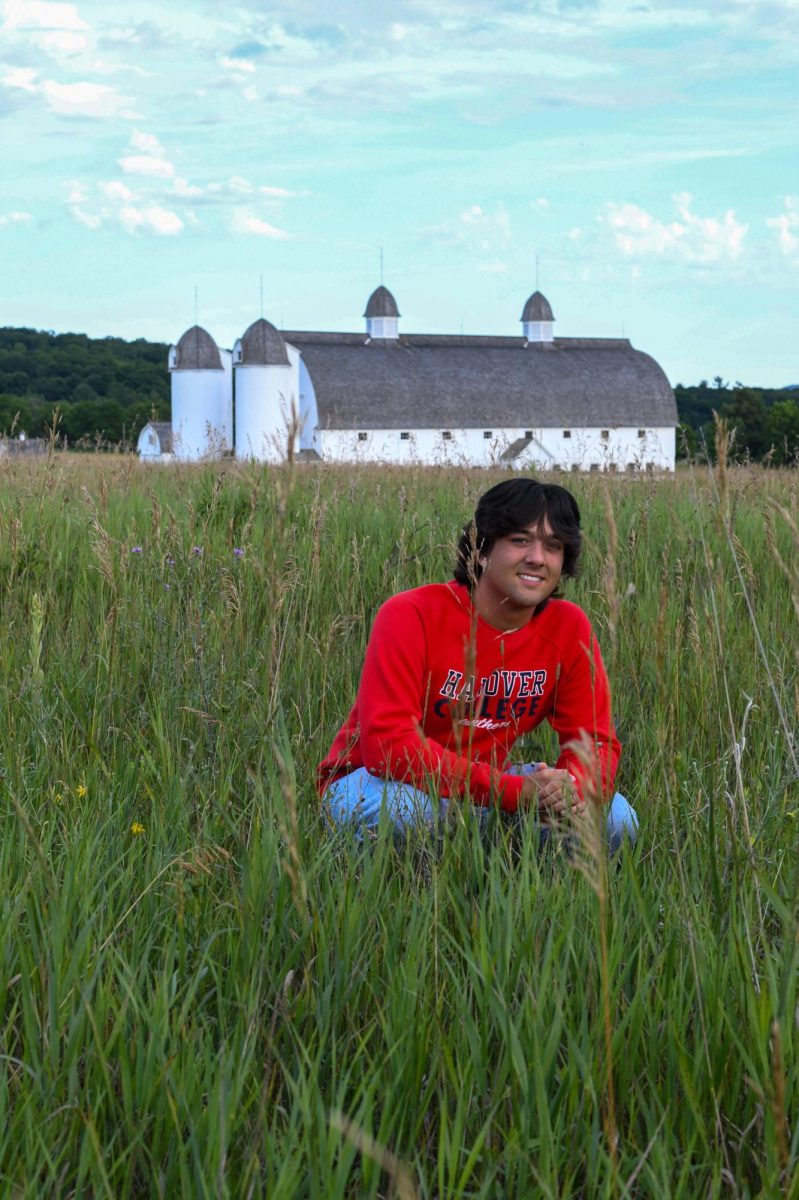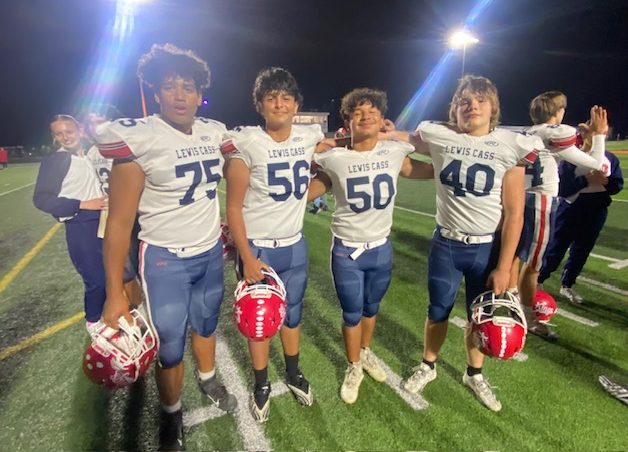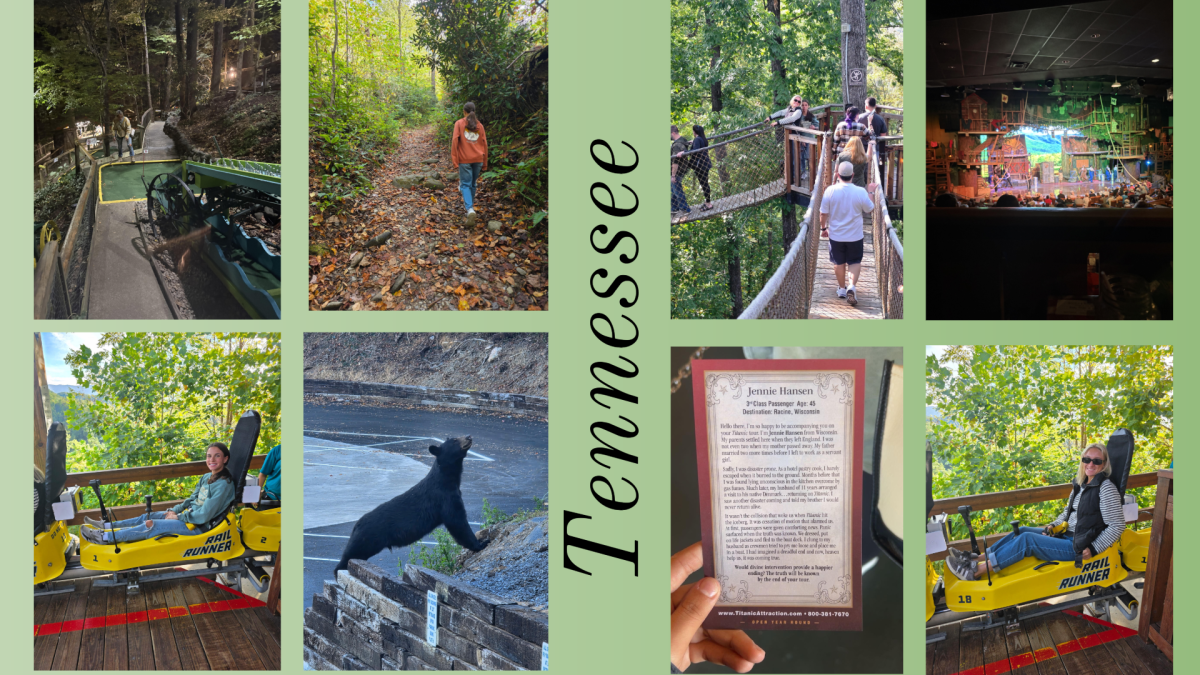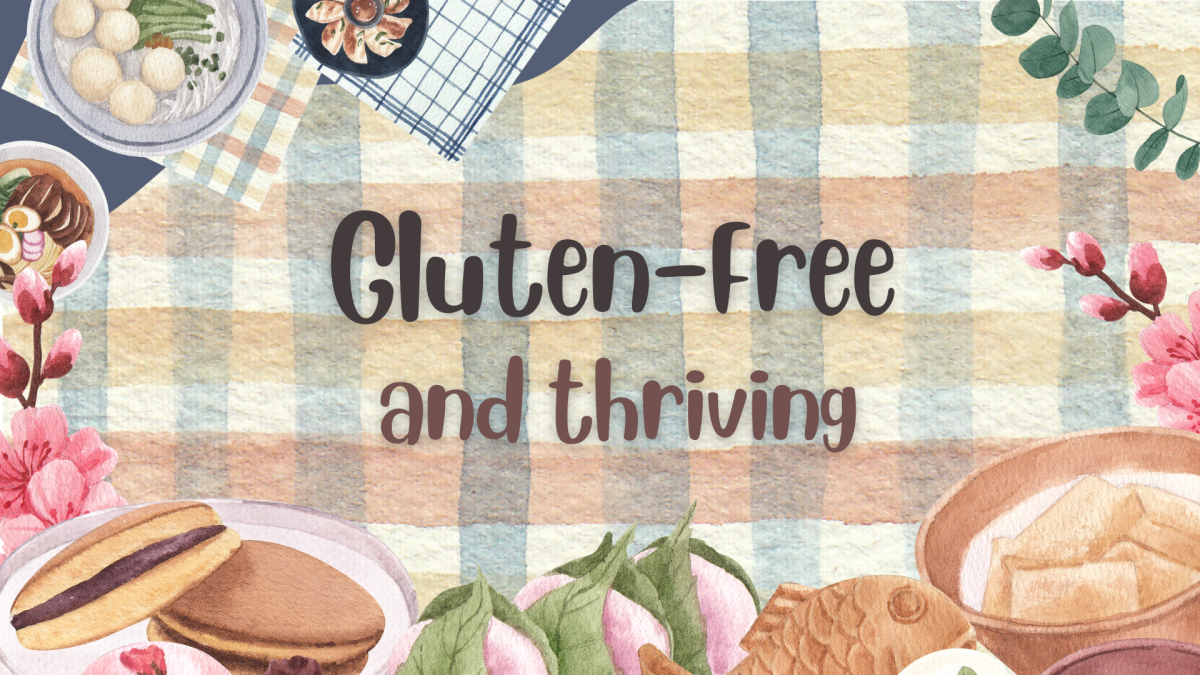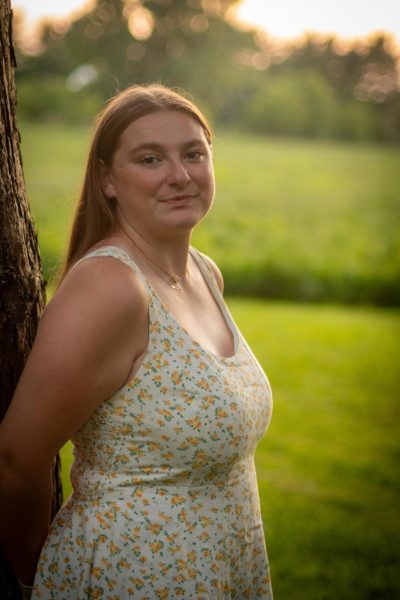Each year on October 31, the world lights up with jack-o-lanterns, children laughing while trick-or-treating, and bonfires to celebrate Halloween. Halloween is full of mischievous behavior and BOO!’s. Everyone loves Halloween, but some do not know the origins of the candy-filled holiday. Some of the history of Halloween will have you looking over your shoulder while trick-or-treating, wondering if something is lurking in the dark.
Halloween was originally known as Samhain. Samhain, a celebration for the end of the harvest season. According to History Hits’ Luke Tomes, “Like other ancient Gaelic festivals, Samhain was seen to be a liminal time, when the boundaries separating the spiritual world and the real world were reduced. This is why Halloween has become associated with the appearance of spirits, fairies, and ghosts from the mythical ‘Otherworld’.” Some people believe Halloween was and still is a “demonic” holiday, while they are not wrong, there is more to the holiday.
During Samhain, there were allegedly sacrifices to the dead. The Celtics believed that on Samhain, the barrier between the dead and the living would break. The tradition that we have today, dressing up in costumes, had a much darker meaning then. According to History Hits’ Luke Tomes, “Many, however, were concerned about the access darker and evil spirits had to influence those in the real world. This is why many Celts dressed their children as demons to confuse the evil spirits and marked their doors with animal blood to deter unwanted visitors.” Next time you dress up for Halloween, think about whether your costume will scare off the evil spirits.
Kids love Halloween because of the trick-or-treating. Kids all around America will dress up as characters or monsters and go door-to-door asking, “Trick or treat?” Kids will gather bags of candy that will last them until Easter from one night of walking around town. But trick-or-treating has not always been about the candy. Trick-or-treating started differently in each country. According to History.com’s editors, “In Scotland and Ireland, young people took part in a tradition called guising, dressing up in costume and accepting offerings from various households.” Today, trick-or-treating is starting to slowly dwindle, with teenagers claiming to be too old for trick-or-treating.
Personally, my favorite activity of Halloween is carving pumpkins. It is a good way to express your creativity while spending time with family and friends. While it may be fun, carving pumpkins had a much deeper meaning in its early origins. Imagine walking down the street in the 1800s and seeing a potato with a scary face on it. You would probably be scared and a bit confused. Well, this was normal for residents living in Ireland in the 1800s. People would carve various vegetables to ward off spirits. According to History.com’s editors, “People began to make their own versions of Jack’s lanterns by carving scary faces into turnips or potatoes and placing them into windows or near doors to frighten away Stingy Jack and other wandering evil spirits.” The name jack-o-lanterns came from the myth of Stingy Jack. They believed that having a vegetable with a scary face would scare off these evil spirits.
These are the basics of the history of Halloween. Now, trick-or-treaters are ready to take on the holiday. While getting ready for this Friday, make sure that your costume is scary, your jack-o-lanterns are lit, and remember to say trick-or-treat!

